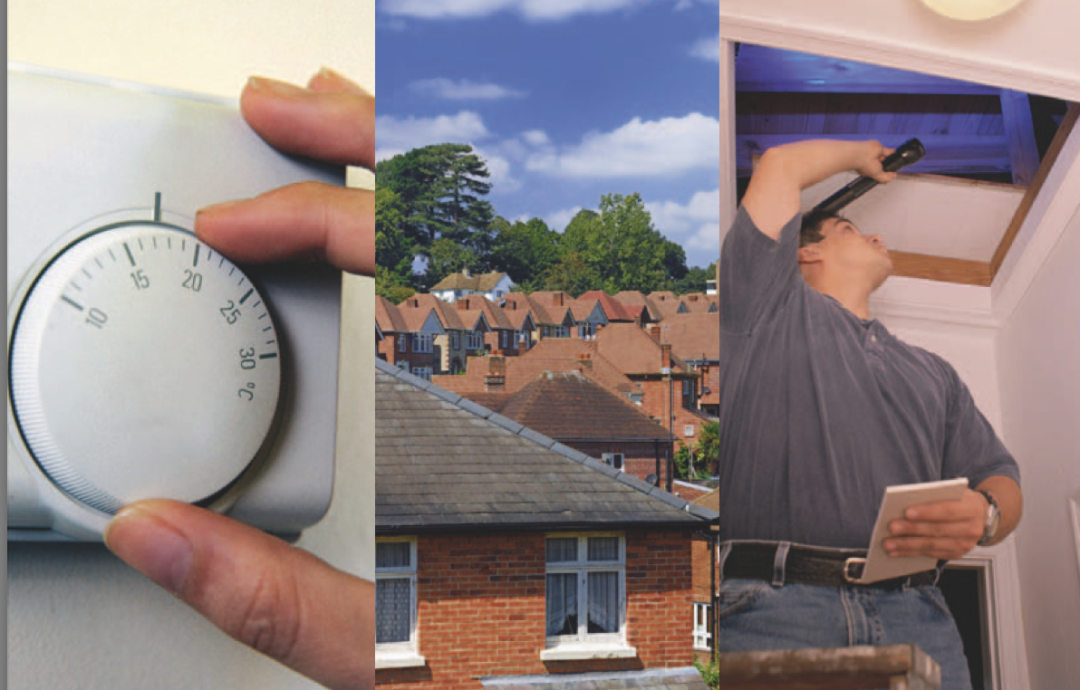Disclaimer:
Please be aware that the content herein is comprised of personal reflections, observations, and insights from our contributors. It is not necessarily exhaustive or authoritative, but rather reflects individual perspectives. While we aim for accuracy, we cannot guarantee the completeness or up-to-date nature of the content.
Images
Type of the Solution
Subsidy
Affected Sector
Energy, Households
Description of the solution
A UK government policy initiative that gave homeowners, landlords and tenants the opportunity to pay for energy efficient home improvements through the savings on their energy bills from 2012 to 2015. At the heart of the Green Deal was the rule that savings on bills would exceed the cost of the work. By meeting this 'Golden Rule', consumers were able to receive energy savings without direct cost. Consumers then paid back the cost of such improvements through the expected savings in their energy bills.
Socio-economic effects
Reduce carbon emissions from homes
Type of Measure
3. mitigation measures
Type of sub-measure
2. policy/regulation measure
Who led the solution
National government
Timescale of implementation
Short-term (up to 1 year)
Other Notes
1. In troduction provided by Wikipedia: https://en.wikipedia.org/wiki/The_Green_Deal#cite_note-4
2. Academic research about its challenges: (1) Resident awareness and understanding of the Green Deal is low; (2) Green Deal assessment costs and loan interest rates are biggest barriers to uptake; (3) Number of use of Energy Company ObligaHon (ECO) installaHons over the same period; (4) Hidden costs: Rooted in fear, such as ‘trust’, hidden costs include the stress and inconvenience of construc'on mess (‘hassle-factor’), fears that the work will be of poor quality and irreversible, and struggles to find a suitable installer.
Links to the solution
 Consent to share form or official link.
Consent to share form or official link.

 7Affordable and clean energy
7Affordable and clean energy 13Climate action
13Climate action
Comments
Log in to add a comment or reply.